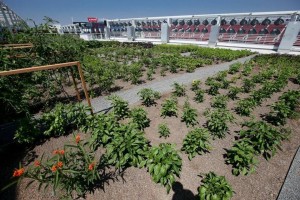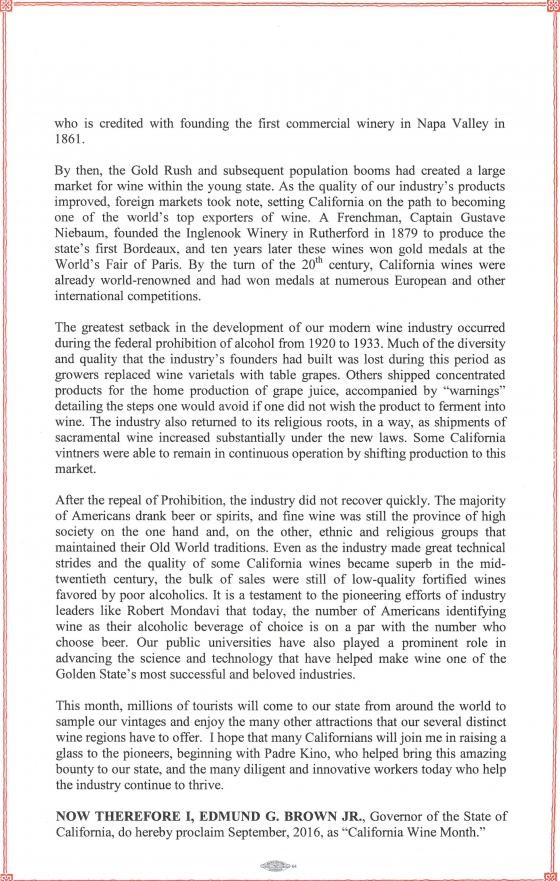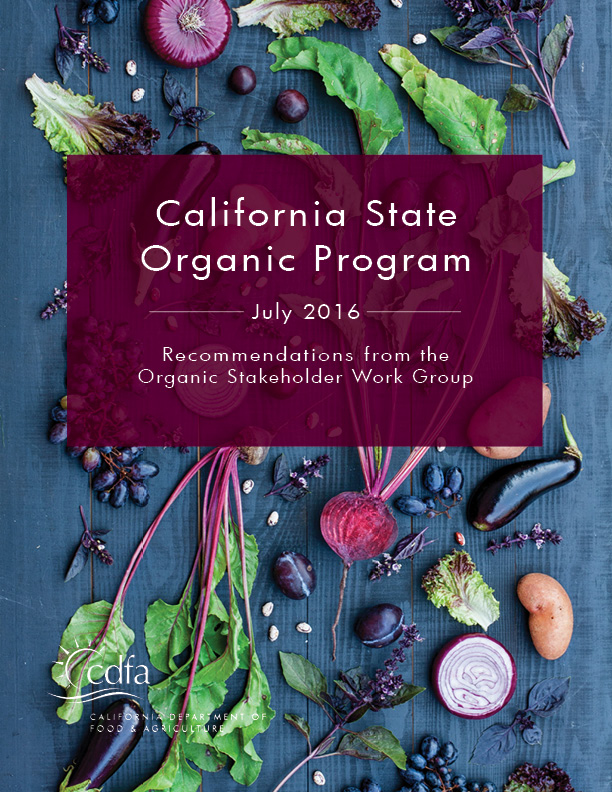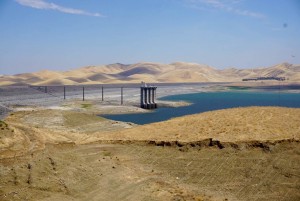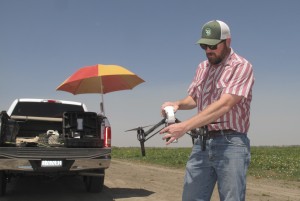Note – The California Department of Food and Agriculture will celebrate its 100th anniversary as a state agency in 2019. In the time leading up to that we’ll be running an occasional series of stories, “CDFA Through History,” chronicling the Department’s contributions to California.
The California Department of Food and Agriculture (then simply the Dept. of Ag) began in 1919 when various Ag regulatory programs were pulled together under one umbrella. However, there are several other starting points of note – in 1878, 1880, 1899 and 1913. In fact, the agency has already celebrated a ‘100th anniversary,’ back in 1980.
An early Ag regulatory effort came in 1878, when the State Legislature passed a law to prohibit the labeling of oleomargarine as butter, but made no provision for enforcement.
Two years later, in 1880–the development embraced for the first 100th anniversary–the Legislature appointed a seven-member State Board of Viticulture to protect grapevines from phylloxera root rot.
In 1899, California began its long relationship with invasive fruit flies by pioneering an effort to keep the Mexican fruit fly out of the United States. CDFA’s Division of Plant Health and Pest Prevention Services still battles that pest as well as many others as it carries out its mission to protect California’s food supply and the environment.
Also in 1899, the office of the California State Veterinarian was established by the Legislature to “protect the health of all domestic animals of the state from all contagious and infectious diseases, so far as practical.” It gave birth to what is now CDFA’s Animal Health Branch.
In 1913, the Legislature created the Office of the State Superintendent of Weights and Measures. The office’s early responsibilities included inspections of railroad track scales and weights and measures used in state hospitals and prisons. The office joined the Department of Agriculture in 1921 as the Division of Weights and Measures and took on duties like mattress inspection and bread standardization. CDFA’s Division of Measurement Standards continues with the core functions of that work today, making sure that measurements used in commerce are fair and accurate.
From that multi-faceted beginning CDFA has progressed to a thoroughly modern agency organized into six divisions. The Department operates at more than 100 locations throughout the state. These divisions provide valuable services to producers, merchants and the public. Many of CDFA’s programs are conducted in partnership with local county offices of the agricultural commissioners and sealers.
CDFA strives to support a tradition of innovation and agricultural diversity by working with private industry, academia and public sector agencies. These partnerships allow the department to adapt public policy to a rapidly changing industry – California agriculture.




